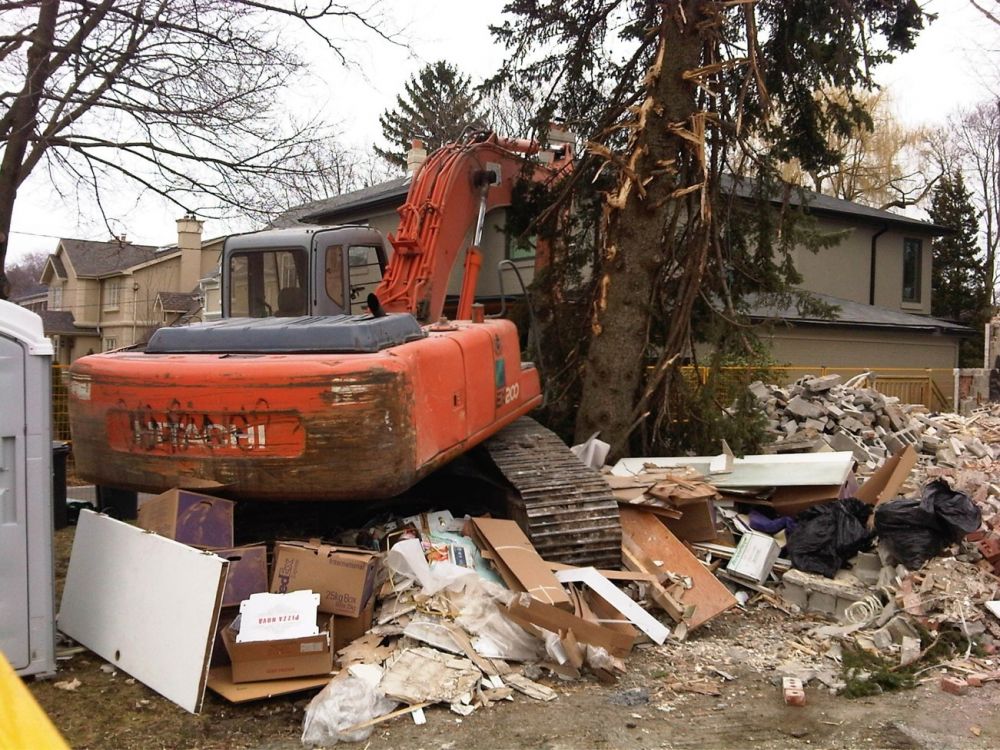Construction projects involve detailed plans, and one of the most important should be the protection of City-owned and private trees. The City of Toronto has several by-laws that regulate the removal and injury of City-owned and private trees. Permits are required prior to injuring or removing any tree.

Trees can be significantly damaged during construction if they are not incorporated into the design and afforded proper protection. Installation of foundations, decks, retaining walls, pools and hard surfacing (patios and walkways) can permanently damage trees through root cutting or soil compaction. Further, the trunk and branches of trees can be damaged by machinery or storage of materials too close to the tree.

Trees can remain healthy and survive construction when proper tree protection is employed, and projects are designed with tree preservation in mind. By working with a knowledgeable arborist in the planning phase of your project, the chances of tree survival increase significantly. Let your arborist review plans and specifications so they understand how and where different components of the project will be installed. This information will help the arborist determine severity of injury and the most effective tree protection. Location of tree protection fencing and other tree protection methods should be shown on site plans. This is the best way to ensure tree protection is not forgotten during the project as site plans are the main reference document.

Prior to the start of work and once the tree protection requirements have been determined, make sure everyone working on site is aware of them. In fact, this step is the biggest "make it or break it" factor concerning tree survival. A detailed tree protection plan has no value if the contractors are not aware of the requirement to protect trees. Finally, it is your responsibility to be in compliance with the tree by-laws and for the actions of people working on your property. Make sure you monitor construction progress and the status of tree protection. Any fines as a result of an infraction will be your responsibility.
Trees add significant value to individual properties and the city as a whole. The old construction adage, "measure twice cut once", is also true for tree protection. Most damage to trees cannot be reversed. Plan with trees in mind from the start and you will have trees that survive the construction and continue to add value and benefit to your property.
Tara Bobie holds an Honours Bachelor of Science in Urban Forestry (HBScF) from Lakehead University. She has been working for City of Toronto Urban Forestry since 2003 and is currently working as a Program Standards and Development Officer in the Tree Protection Plan Review unit.
